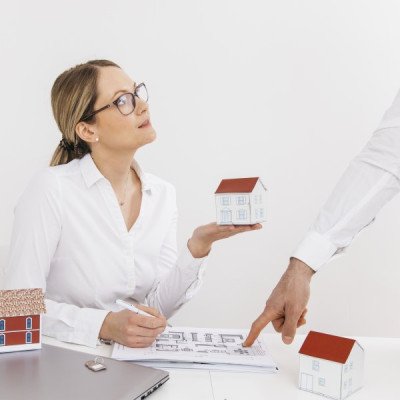
The Rise of Sustainable Homes: Building for a Greener Future
In recent years, there has been a significant rise in the demand for sustainable homes as people become more aware of the importance of environmental conservation. Building sustainable homes not only benefits the planet but also offers several advantages for homeowners. Let's explore why sustainable homes are gaining popularity and how they contribute to a greener future.
Energy Efficiency: Sustainable homes incorporate energy-efficient designs, materials, and technologies. Features such as solar panels, high-performance insulation, and energy-saving appliances help reduce energy consumption and lower utility bills.
Water Conservation: Sustainable homes often include water-saving features like low-flow fixtures, rainwater harvesting systems, and drought-resistant landscaping. These measures help minimize water waste and promote responsible water usage.
Indoor Air Quality: Sustainable homes prioritize indoor air quality by using non-toxic building materials, proper ventilation systems, and air purification technologies. This creates a healthier living environment, reducing the risk of respiratory issues and allergies.
Sustainable Materials: Building sustainable homes involves using eco-friendly and recycled materials, reducing the carbon footprint associated with construction. Materials like bamboo, reclaimed wood, and recycled steel are durable and renewable alternatives.
Waste Reduction: Sustainable homes aim to minimize waste during construction and operation. Construction practices such as recycling construction waste and incorporating recycling systems within the home help reduce landfill contributions.
Resilience to Climate Change: Sustainable homes often employ designs that can withstand the impact of climate change, such as extreme weather events. Features like reinforced structures, stormwater management systems, and proper insulation help improve resilience.
Long-Term Cost Savings: While the upfront cost of building a sustainable home may be higher, homeowners can benefit from long-term cost savings. Lower energy and water bills, reduced maintenance needs, and potential tax incentives contribute to overall financial savings.
Market Value and Demand: Sustainable homes are in high demand, and their market value tends to appreciate over time. Buyers are increasingly seeking environmentally friendly properties, which can provide a competitive edge when selling.
Environmental Responsibility: By choosing to build a sustainable home, homeowners actively contribute to environmental conservation efforts. Sustainable homes help reduce greenhouse gas emissions, conserve resources, and promote a greener future.
Health and Well-being: Living in a sustainable home promotes overall well-being. Improved indoor air quality, access to natural light, and the connection with nature provided by sustainable design elements positively impact residents' physical and mental health.
Building sustainable homes is a powerful step towards creating a greener future. As the demand for environmentally friendly properties continues to rise, more homeowners are realizing the benefits of sustainable living. By embracing sustainable practices in home construction, we can reduce our ecological footprint and create healthier, more resilient communities.











